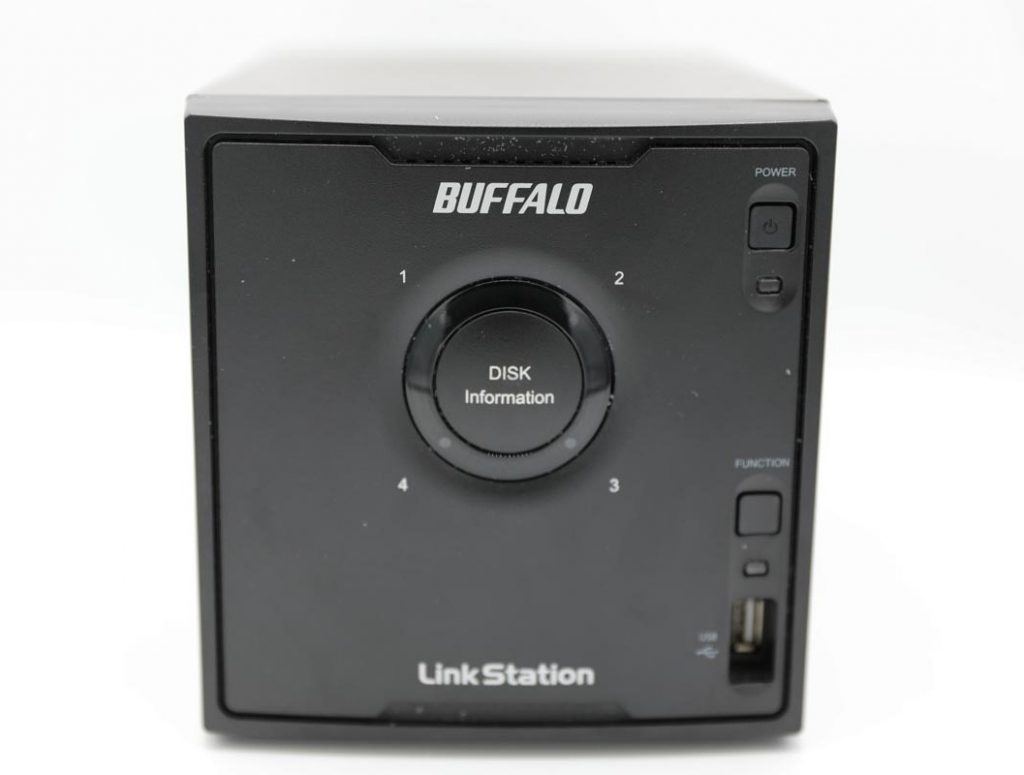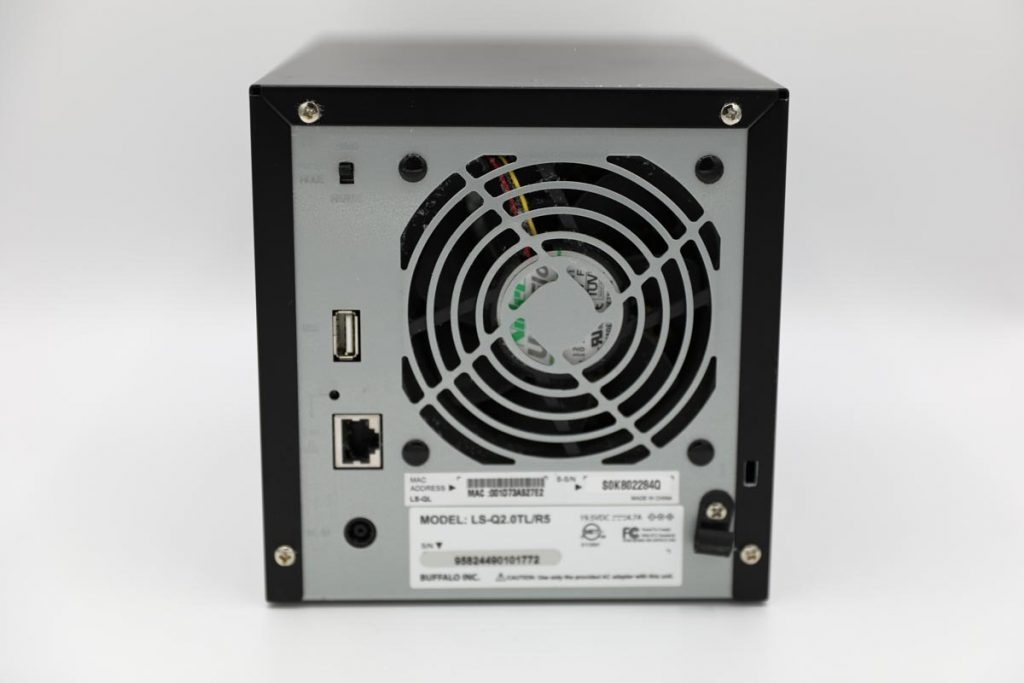Buffalo servers and storage systems are among the most popular ways to keep data. The LinkStation and TeraStation series are top-rated for their flexible choice of rack and modular enclosures. Buffalo servers are RAID capable, so most companies configure these servers with RAID 5.
Redundant Array of Independent Disks provides essential protection against data loss. Still, the system can fail after re-striping errors, accidental deletion of a logical partition, mechanical failures, and other adverse events. These problems are detected by error messages on the LCD screen or beeping sounds in most situations. Still, each server is different, and failure scenarios may be different.
No attempt should be made to rebuild or reinitialize the array in this situation. Admins should pay attention to any messages on the device’s LCD, BIOS error messages, and symptoms of mechanical problems. If there are failure notifications, they should immediately contact data recovery specialists. It is also essential not to run recovery programs or disk utilities as they can overwrite lost data which will make data recovery impossible.
NAS Working Mechanism
The NAS data storage networks are more beneficial than traditional backup devices. The first and most crucial problem is that, in most cases, the tape device is connected to a single host, which must directly manage the backup operations and transfer data for that purpose.
Thus, the information to be recorded on the tape must be transmitted to that host over the local network, which severely limits the backup speed and inefficiently consumes server and LAN resources.
From the server’s standpoint performing the backup operations, the inefficiency lies in the fact that it is an intermediate point on the data path, which is repeatedly forwarded through its system memory. Implementing a NAS provides businesses with rational use of disk space.

Choosing the wrong disk drives can quickly ruin any good NAS. Essential parameters of disk drives for network-attached storage are volume, spindle speed, and access time. If the only issue with disk space is how to use it properly, then spindle speed and access time affect system performance to a much greater extent.
Buffalo NAS LinkStation File System Failure
Recently, we received a Buffalo NAS LinkStation device for a data recovery procedure. The client consulted with our dedicated customer service and decided to proceed with our emergency recovery services. In this option, the turnaround time is within the 8-48 hour range.
The customer shipped his device to our laboratory. As soon as we received the network-attached storage, our engineers ran diagnostics to find the problem. The device did not respond and was not seen in the BIOS.
Then we carefully inspected each drive in an ISO Certified Class 10 Cleanroom. The inspection showed that the spindle motor of one of the hard drives failed. As one of the HDDs failed, the file system of the entire area network failed as well.
The spindle motor is an essential component of a computer hard disk drive, which is responsible for rotating the plates of the drive on the axis.
Accountable for the uniformity and stability of rotation, the spindle provides trouble-free operation of the hard disk.
The wedge of the bearing is often complicated because the spindle motor’s control chip, trying to spin the motor, experiences increased loads, heats up more, and usually burns out. Replacing the electronic board with a serviceable one, in this case, can lead to the fact that another microcircuit will burn out.

Recovery Process of Buffalo After Spindle Motor Replacement
To recover information from such a hard drive, we needed a donor hard drive to which platters from a broken HDD are transferred. The procedure was not easy, requiring special equipment for the subsequent centering of the plates since any micro-displacement along the axis can lead to the fact that the heads cannot be positioned correctly according to the servo markings.
After replacing the spindle motor, our engineers transferred the data to a new hard disk drive. The next step was to restore the RAID array and repair the file system.
We used our cutting-edge data recovery tools to emulate the RAID controller and restore the array. Then the file system was recovered, and the server started operating again. The client reviewed all the processes and received 98% of the files. Call PITS Global Data Recovery Services if you are facing the same situation, and we will start your recovery case today.
Customer File Verification For Buffalo NAS LinkStation
After successfully recovering the Buffalo After Spindle Motor, we conducted a customer file verification session to ensure the integrity and completeness of the data. This crucial step allows our customers to confirm that their vital files and documents have been accurately retrieved and are accessible. Through this process, we aim to provide peace of mind and satisfaction, knowing their data is secure and intact.
During the customer file verification session, our team of experts carefully examines and checks each file to ensure it has been retrieved in its original form. We use specialized advanced tools to detect discrepancies or data corruption, and we also conduct manual checks to verify the accuracy of the files. This thorough process ensures no important file is left behind and all crucial data is successfully recovered.
Conclusion - Successful Recovery of Buffalo NAS LinkStation
In conclusion, the successful recovery of files from the Buffalo NAS LinkStation underscores the importance of early diagnosis and prompt data recovery efforts. Early detection of potential issues circumvents the loss of critical data and significantly enhances the chances of a full recovery.
With its advanced features and reliability, the LinkStation serves an essential role in data management and storage solutions. However, like any technology, it is not immune to failure. We understand the importance of data and its impact on businesses and individuals, so we go above and Contact us today to learn more about how we can assist in safeguarding your digital assets against unforeseen failures.
Frequently Asked Questions
Can you recover data from a Buffalo NAS that has experienced data loss or failure?
Yes, we specialize in data recovery from Buffalo NAS devices. Our skilled technicians have the expertise and tools required to attempt data recovery even when the NAS has encountered issues.
What are common reasons for data loss on a Buffalo NAS?
Common causes of data loss on a Buffalo NAS include hardware malfunctions, RAID array failures, accidental file deletion, file system corruption, power surges, and network issues.
Is it safe to attempt DIY recovery methods before contacting professionals?
It is generally not advisable to attempt DIY recovery methods, as they may exacerbate the issue or lead to further data loss. Professional data recovery experts can provide a higher chance of successful recovery without risking additional damage.
How long does data recovery from a Buffalo NAS typically take?
The time required for data recovery depends on factors such as the extent of data loss, the type of failure, and the size of the NAS. Our goal is to provide a timely and efficient recovery process.
Can you recover all the data from a Buffalo NAS that has experienced data loss?
The success of data recovery depends on the extent of data loss and the condition of the Buffalo NAS. While we aim to recover as much data as possible, the outcome may vary depending on specific circumstances.


